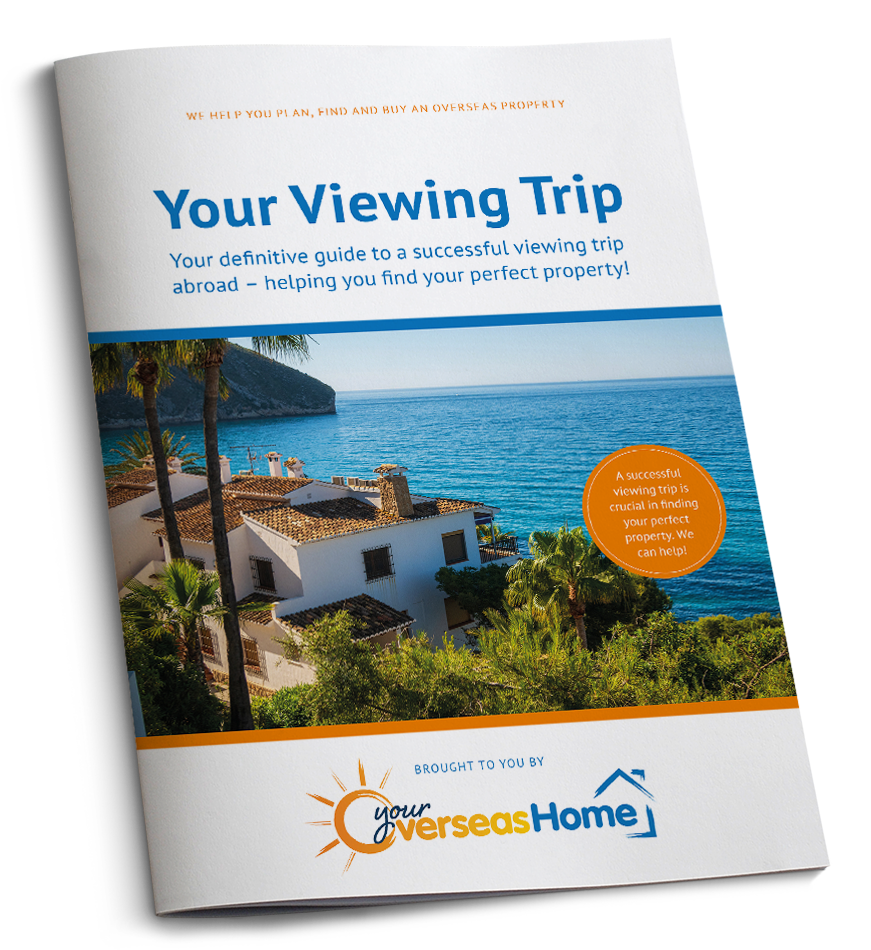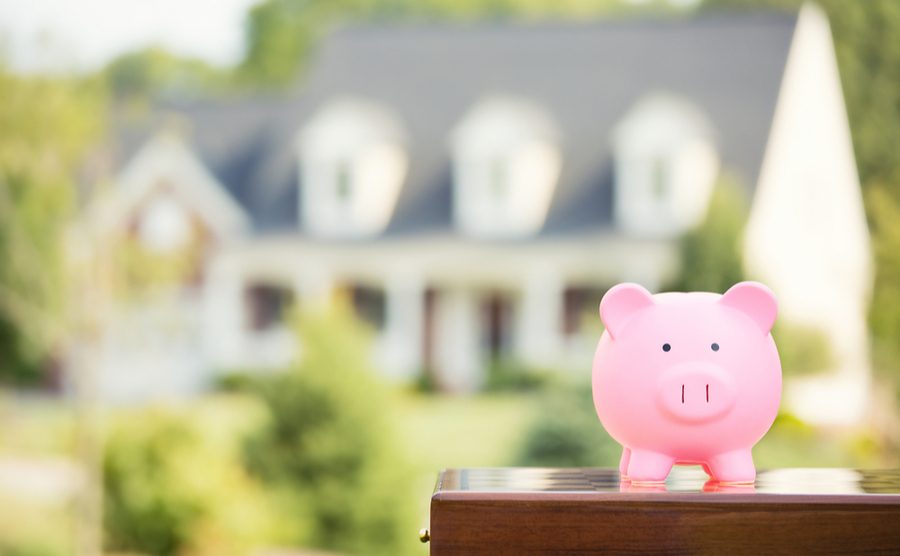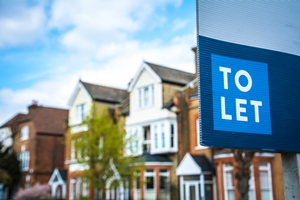Whether it’s a villa on the French Riviera you’re dreaming of or you’d prefer a village home in one of Italy’s historic towns, buying a home overseas is ever-so-exciting!
However, the process differs from country to country, so it can be easy to get overwhelmed. But don’t worry – we’re here to hold your hand every step of the way.
In this article, we’ll outline the key steps you need to take on the journey to becoming the proud owner of a home overseas!
Step 1: Do your research
Do you know where you want to buy? If you know the country but not the town or region, a little research never helps! You’ll be glad you do, especially when it comes to finding the home for you. Make a list of your ‘must-haves’ and your ‘nice-to-haves’, things that you need and things that it’d be nice to have as a plus. This can include proximity to schools, town, the beach etc.
Step 2: Speak to a currency specialist
Now is a great time to talk to a currency specialist. They’ll help you understand the exchange rate, so you know just how much you’ve got to spend on a home overseas. There are also a range of foreign exchange tools that might benefit you at this time, like a forward contract, which allows you to lock in an exchange rate for up to 12 months.
Chris Nye, senior content editor at Your Overseas Home said, “Forward contracts can be ever-so useful for overseas buyers. It protects their budget from unforeseen currency fluctuations, so they know exactly how much money they have to play with.”
For more guidance, download The Buyer’s Guide to Currency – free to download when you fill out a short form!

Step 3: Start your property search
The fun starts now! It’s a good idea to browse various property portals to get a better idea of the market in your chosen area. Then, when you’ve found a few you like, enquire with the estate agent and book a viewing.
If you’re ready to browse properties, head to Your Overseas Home today to start your search.
Step 4: Your Viewing Trip
 A viewing trip is a crucial part of buying a property. After all, you wouldn’t buy a home in the UK based solely on pictures, would you? It also provides a prime opportunity to get out and explore your could-be neighbourhood. We recommend staying somewhere local and renting a car of your own so you can explore the area and properties on your own time.
A viewing trip is a crucial part of buying a property. After all, you wouldn’t buy a home in the UK based solely on pictures, would you? It also provides a prime opportunity to get out and explore your could-be neighbourhood. We recommend staying somewhere local and renting a car of your own so you can explore the area and properties on your own time.
Why not download the Viewing Trip Guide from Your Overseas Home?
It includes guidance on planning your trip, negotiation tips and questions to ask your agent!
Step 5: Make an offer
Once you’ve found your dream home overseas there are three people you need to call:
- Your estate agent (if used)
- Your lawyer
- Your currency specialist
These are your three key contacts when buying property overseas. The estate agent is your on-the-ground expert, the lawyer can help with contracts (especially if they need translating) and your currency specialist can ensure your deposit is sent to the correct account overseas safely and securely.
Chris Nye, senior content editor at Your Overseas Home shares, “The typical buying process for a home overseas takes around nine months from putting your offer in.”
Step 6: Contract agreement
Once you’ve made an offer, the natural next step is to sit down with your lawyer and look over the contract. This is usually drafted by the seller and their lawyer. This is a great time to ask any questions you might have as it’s important to understand all the terms and conditions before signing.

Step 7: Payment
Depending on the country, you may need to pay a deposit (usually up to 10%). This is a good time to open a bank account in said country as you’ll likely have ongoing costs for your property to pay for, and it’s much easier to do so from a local bank than overseas. However, it’s not essential, your Smart Currency Exchange account manager will be able to transfer your funds to the necessary account for you.
Step 8: Register your home
Once your offer has been accepted and you’ve signed the contract, it’s time to register the property in your name at the local land registry. In France, this can be done at the local Mairie, and in Spain and Italy, your real estate agent will be able to advise you where to do this.

Once you’ve completed, the home is yours!
Step 9: Completion
Finally, you’ll pay an outstanding amount on the property and the keys will be handed over to you.





















